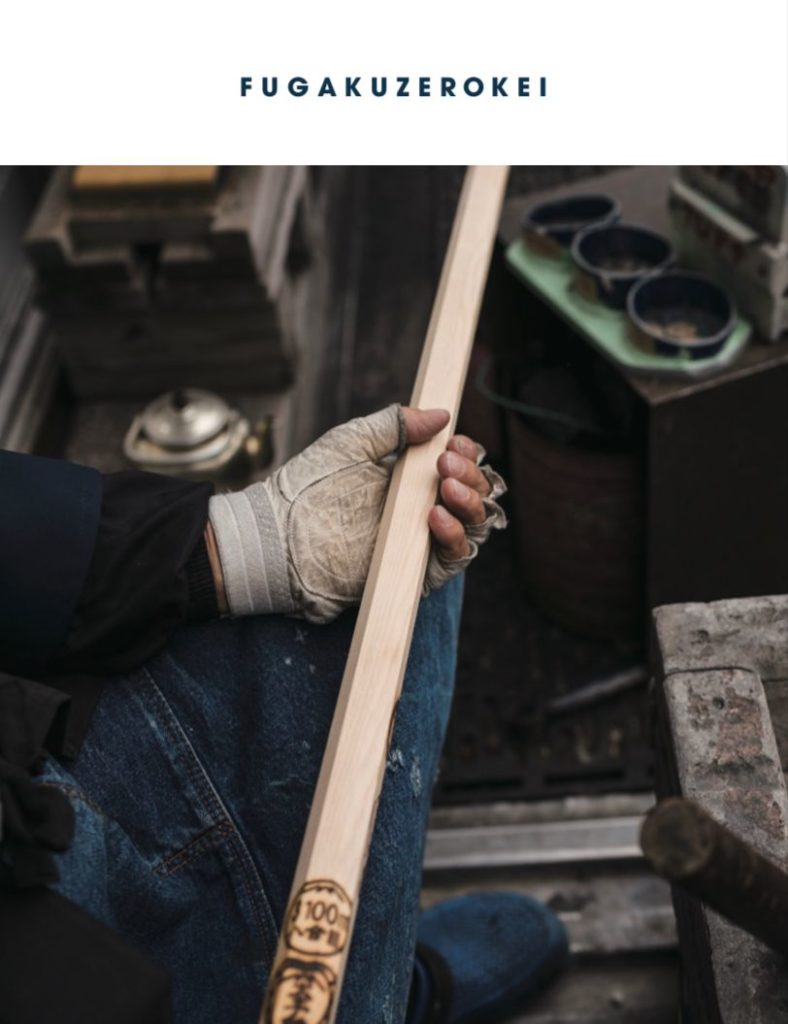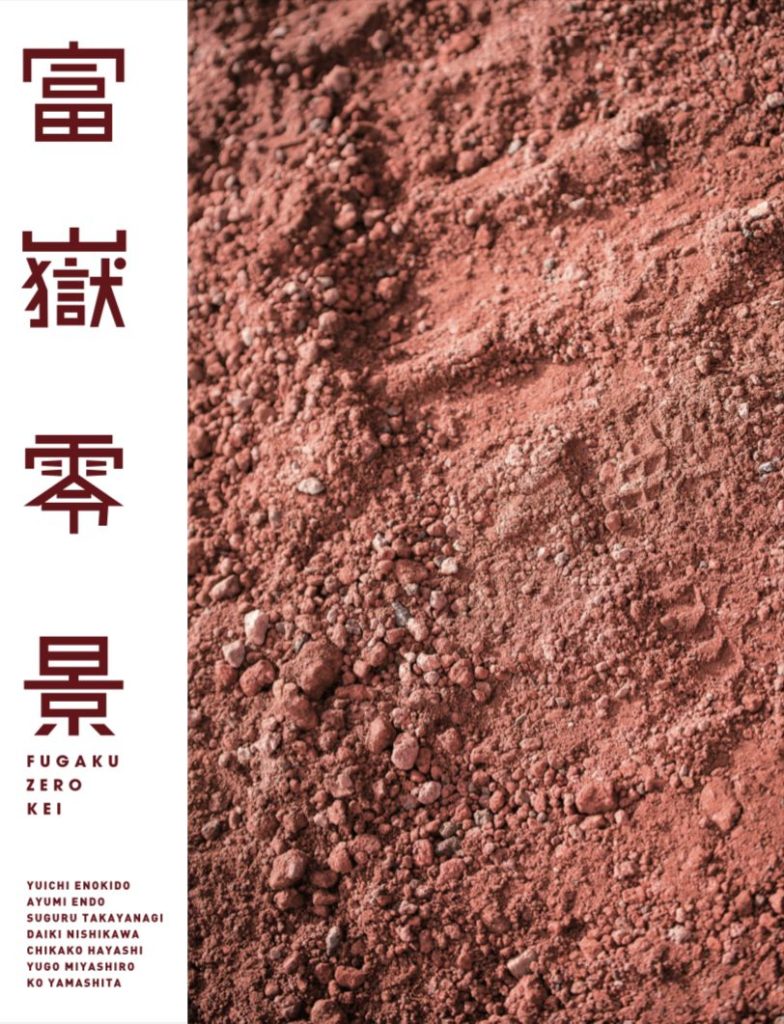Daiki Nishikawa is a Master’s Degree in Arts and Cultural Management student who decided to turn his career around and come to Barcelona to follow his passion for architecture and photography. Today he tells us how this programme has given him practical tools to approach the world of art and culture, with professional opportunities such as internships in important companies like Ricardo Bofill Taller de Arquitectura (RBTA). Nishikawa shares his perspective as a firm believer that art and culture have transformative power, and that the creative industries have great potential for economic growth.
You began your academic career with a leaning towards international relations, but you have given a different focus to your professional career throughout your life, more centered on the cultural and artistic sector. What was it that first attracted you to this world?
I have always had a vague interest in art from an early age. When I was 20 years old, I started an art group for fun in search of creative ways to express myself. I invited some friends with backgrounds in photography, lettering design, writing and painting. We would decide on a theme and present our work. I think it was during this period that I began to consciously deepen my understanding of this world
Now I am particularly interested in photography and architecture, which are spatial expressions; but also in writing and marketing, which verbalise the essence of social values. In fact, they are all fascinating. An important fact is that various fields are dissolving across boundaries in the process of integrating both the digital and physical worlds. Personally, I am drawn to works characterised by gravity, structure, honesty, and social projects that are born from the on-site.
Considering the path that made you change your professional career, from your perspective, what are the main strengths of art and culture?
Art and culture have immense power and impact on individuals and societies. They have the power to reframe the world, and to be a source of knowledge that frees us from the cage of preconceptions, prejudices, and biases. Also with art and culture, we can find new ways to communicate and connect, as the photographer Richard Mosse said:
Beauty and aesthetics are the sharpest tools in the box and I believe that they can be used effectively to more adequately and more powerfully communicate complicated and difficult narratives.
Art and culture have the power to connect people, inspire change, and create a sense of belonging and community. Every culture and individuality has its unique charm, and if we can give light to each of them, the world will be a richer place like a starry sky. This includes economic benefits for communities as well.
Of course, it’s also important to mention that art and culture transcend logic, appeal directly to the heart, and provide an unexpected experience. The basis of good work is always a strong emotion. It also helps us form our identity by confronting the questions of where we come from, who we are, and where we are going. I believe that it is a privilege given to human beings to manifest their unfulfilled emotions by putting them into artwork. Art and culture have the power of healing. The definition of art and culture continues to change, and the power of art and culture is endless. That’s why it is worth continuing to explore.
How do you think your background in international affairs, economics, politics and environment has impacted your current perspective as a cultural manager?
I used to work as a researcher specialising in international affairs. When analyzing the situation, research was always based on statistics and data from several perspectives, it is a reality based on facts and thorough pragmatism. This helped me to understand that it is also essential in the world of art and culture to keep the antenna tuned to the rapid changes in society. It’s impossible to know what will happen exactly in the future, but it’s important to try to understand the structure of the society we live in. Since no one can stop the development of technology, society will continue to change. I am always aware of not only a subjectivity based on sensitivity, such as what I like and different nuances, but also of objectivity, such as what society is looking for and whether the facts are available to us.
What motivated your trip to Spain and your choice to come to Barcelona to study the Master’s Degree in Arts and Cultural Management at the Universitat Internacional de Catalunya?
Sagrada Familia led me to Barcelona; I was impressed by its architectural philosophy, its story, and the scale of its conception. It is for sure timeless and inspiring. In general, Barcelona’s is attractive because of its charm as a historic multicultural city, its environment surrounded by the sea and mountains, and its geopolitical features with close ties to the Middle East, Africa, and Latin America. I also wanted to build a career in a global environment. The Master’s Degree in Arts and Cultural Management offers a comprehensive education that covers both the artistic and business aspects of the field from a practical perspective, always making the most of the cultural opportunities of a city like Barcelona.
For the Master’s Degree in Arts and Cultural Management, multicultural spaces are really important, what was your experience of getting to know other cultures and sharing your own like since you arrived in Barcelona?
The Master’s Degree in Arts and Cultural Management was an exciting multicultural environment with about 30 students coming from 22 different countries, each with a different background. I found that we share many things, such as we love art and culture, we are enthusiastic to learn and explore possibilities. I have learned that sharing the same moment and the same place, and look together in the same direction with mutual respect is what matters most, not where we come from.
Of course, there are some challenges, for example, language barriers. When you live in Barcelona you are surrounded by the Catalan culture and the importance of this for the inhabitants of the city: the important thing is to be open to learning.
Regarding sharing my culture, I’m currently publishing a photo book of Mt. Fuji, where I’ve been worked as a mountain guide in Japan during summer season. The view of Mt. Fuji from the zero-distance perspective while standing on the mountain, photographed by mountain guides and mountain lodge staff is the concept behind this photo book titled “FUGAKUZEROKEI”. The Master’s program has given me many tools to carry out projects like this from beginning to end, the practical approach really allows you to turn your ideas into real initiatives. I was also grateful to have the support of Han and Bear, two of my classmates from the Master’s programme, who assisted with the English writing for the book. Now, I am planning a photo book presentation and live performance in collaboration with a Mexican visual artist to create new images of the mountain.


As a student, you joined the Ricardo Bofill Taller de Arquitectura for your internship, how was your experience in this important architecture studio?
I participated in an archive project aimed to create assets for RBTA. I classified, organised, and digitised architectural drawings, plans, photographs, documents, books, and so on. I also helped with exhibitions and publications. The archive is an essential area of creative foundation that preserves the important materials that support an organisation of the future and makes them available to everyone. RBTA is an internationally accomplished architectural firm that has worked with philosophers, sociologists, artists and others to develop experimental projects. The job as an archivist taught me about strategy and patience. Overall, working in a professional environment offered valuable insights into the field of architecture and urban design, and helped to develop important skills for a career in this field.
Your internship was paid, this is not usual in most cases, do you think that this is a factor that should be given more weight?
I think that is an important point. As a student, you are investing in your future. If it is a valuable experience that will lead to the development of your abilities, you should boldly take on the challenge, valuing it as a source of career development. However, the reality is that some students are forced to work part-time because they cannot afford it and cannot devote their time wholly to studying. By paying internships, companies and institutions can reduce certain everyday worries, which then further increases the learning potential of the students.
What did you enjoy the most during your time on the Master’s Degree in Arts and Cultural Management at UIC Barcelona?
The co-creation with passionate colleagues. The master’s assignments were generally team projects, and co-creation allowed me to do more than I could have achieved on my own. The opportunities improved my creativity and communication in a global environment.
I did a play for the first time as part of the class and was impressed to receive a standing ovation at the end of the performance. The process of preparing the costumes, sounds, and lighting for the drama was very creative, and I really enjoyed the process of developing ideas. I appreciate all of the dedication and energy of my colleagues and the university, which made my experience at UIC Barcelona unforgettable.







